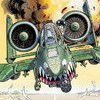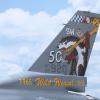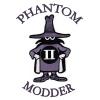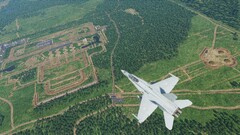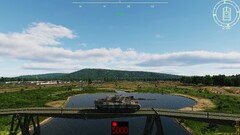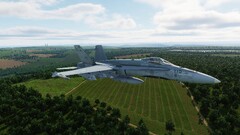- 3 replies
- 1,511 views
- Add Reply
- 4 replies
- 1,714 views
- Add Reply
- 6 replies
- 3,001 views
- Add Reply
- 0 replies
- 1,351 views
- Add Reply
- 3 replies
- 1,594 views
- Add Reply
- 1 reply
- 989 views
- Add Reply
CombatACE Facebook Winner - Week 2

By Erik,


CombatACE Facebook Contest Winner
Week 2 - Shaun Griffies
The Randomizer selected #138 this week and on our Facebook list that is Shaun Griffies. Congratulations!
Week 1 - Ivan Adamek
Shaun post on your/our Facebook page what your CA username is, then send us a PM here so we know you posted. Once we have that information we'll get your free download subscription added to your account. See you again next week for our latest winner. If you haven't added us to your Facebook likes we ca
Refurbished Dutch F-16s bound for Chilean air force

By Erik,
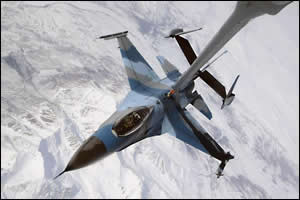

Refurbished Dutch F-16s bound for Chilean air force
UPI -- 28/09/2010
SANTIAGO, Chile -- Chile is starting to take delivery of Dutch F-16 fighter bombers, that old workhorse of the Cold War years, as part of a deal that will see the Chilean air force making more use of the refurbished jets. This week, 18 of the refurbished F-16s are to be delivered to Chile at the Leeuwarden Air Base in the Netherlands and more are due for transfer to the Latin American country at a later stage. Ch
Sukhoi Su-30M2 fighters complete test flights

By Erik,


Sukhoi Su-30M2 fighters complete test flights
UPI - 28/09/2010
MOSCOW -- Russia's Sukhoi aeronautical firm has completed its factory flight tests for its multi-role double seater Su-30M2 fighters. The tests occurred at the flight test station of the Komsomolsk-on-Amur aircraft production association named after Yuri Gagarin, Itar-Tass reported Tuesday.
After receiving certification the Su-30M2 will be posted to units of the Russian air force.
Russia's Ministry of Defense sig
Boeing Statement on Award of B-52 Modernization Contract

By Erik,


Boeing Statement on Award of B-52 Modernization Contract
Boeing -- 29/09/2010
WICHITA, Kansas -- The Boeing Company today received an indefinite delivery/indefinite quantity contract from the U.S. Air Force for B-52 Stratofortress weapon system modernization. The company released the following statement: "This B-52 modernization contract will include several delivery orders over an eight-year period. The Air Force announced a contract ceiling of $11.9 billion. This is a contracting
Russian Navy to get fifth generation carrier fighter after 2020

By Erik,


Russian Navy to get fifth generation carrier fighter after 2020
RIA Novosti -- Alexei Druzhinin -- 28/09/2010
The appearance of a fifth generation fighter in Russian naval aviation will not happen before 2020, the outgoing head of the air forces and air defense forces of the Russian Navy, Lt. General Valery Uvarov told RIA Novosti on Tuesday. Previously, representatives of the armed forces command and Defense Ministry had said a new naval fighter based on the Sukhoi T.50 design coul
Boeing Receives Multi-Year Contract from US Navy for 124 F/A-18 and EA-18 Aircraft

By Erik,
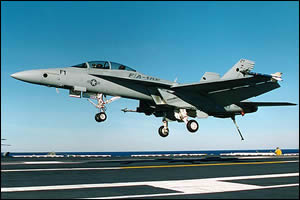

Boeing Receives Multi-Year Contract from US Navy for 124 F/A-18 and EA-18 Aircraft
Boeing - September 28, 2010
ST. LOUIS -- The Boeing Company [NYSE: BA] has been awarded a new multi-year procurement (MYP) contract from the U.S. Navy for 124 F/A-18E/F Super Hornet and EA-18G Growler aircraft. The new contract is valued at $5.297 billion. Under the terms of the agreement, Boeing will deliver 66 Super Hornets and 58 Growlers to the Navy from 2012 through 2015.
"The men and women of




